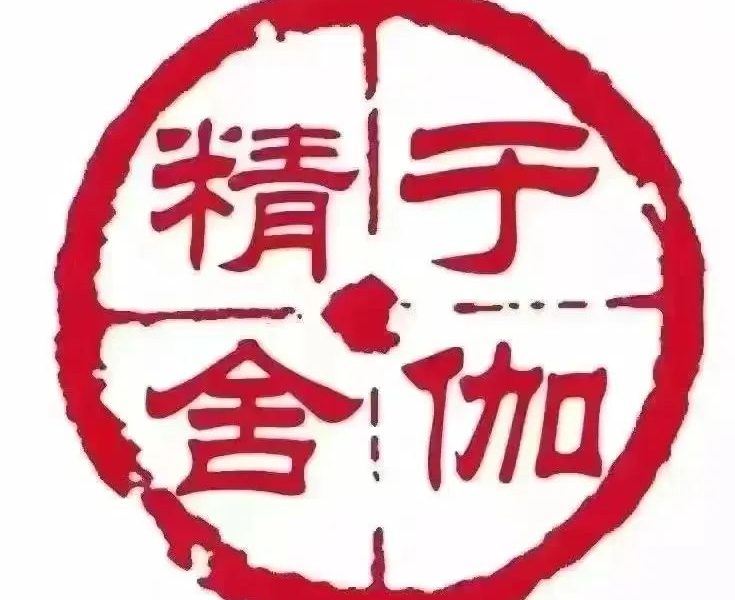(Volume VIII) “Those who have different worries may establish one type, which means that troubles are mixed with meanings.” If there is only one meaning for all kinds of troubles, “it means that troubles are mixed with meanings.”.

It is explained in “The Tale of Pursuit” that “from that trouble is the root of all miscellaneous dyes, and all troubles are only captured by miscellaneous dyes; that is to say, there is always one kind in this sense.” Worry itself is dirty and impure.
As long as all laws are corresponding to troubles, they will be contaminated.
So if there is only one definition of worry, it is the function that is consistent with worry and will be contaminated.
“There are two kinds of” or “, that is, when you see the Tao, you will break it; when you practice the Tao, you will break it.” If there are two kinds of troubles, one is the trouble of “breaking by seeing the Tao”, and the other is the trouble of “breaking by cultivating the Tao”.
The sixty-six volumes of this treatise say, “How can you see the Tao and judge the law again? It means that Sakya and others have five views, and they have greed, anger, and slowness according to various views.
If there is corresponding ignorance, if there is no common understanding of all truths, if there is no ignorance of truth, and if there is no doubt about all things, and if there is any evil or interesting karma, it is the law that is judged by the name of the Tao.
What is the law that is judged by the practice of the Tao? It means that all good things have leaks, and all things have no repetition.
In addition to the pollution law previously mentioned, the remaining pollution law is the law that is judged by the practice of the name of the Tao.” The trouble “broken by seeing the Tao” refers to the trouble broken by seeing the Tao.
“Seeing the Tao” refers to the wisdom of realizing the reality of all dharma and realizing the first meaning.
The troubles that are removed when we see the Tao are those caused by separation of mind.
For example, the differences between the five views, such as self view and side view, and the problems of greed, anger, slowness and ignorance caused by the five views.
When we see the Tao, we also cut off the consequences of the three evil ways.
The trouble “broken by cultivating” refers to the trouble that can be broken only through continuous cultivation.
These troubles are not caused by separation, but by luck.
In addition to the trouble of “breaking the way”, the rest of the trouble is “breaking the way”.
As for the content of seeing Tao and practicing Tao, we will talk about it later, mainly focusing on the types of worries.
“There are three kinds of” or “, namely desire system, color system and colorless system.” If there are three kinds of troubles, they are desire troubles, color troubles and colorless troubles.
Or it can be said that if the worry is divided according to the three realms, it is the desire worry, the color worry, and the colorless worry.
Readers can understand what is convenient.
It is explained in “The Tale of Pursuit” that “there are ten kinds of troubles in the realm of desire, such as greed and anger, which are the troubles of name and desire.
The realm of color has no anger, but more troubles, which are the troubles of name and color and the troubles of colorless.” “Desire is vexation” means that all beings in the desire world have all ten kinds of vexations, such as greed, anger, and obsession, that is, they love vexation and see vexation.
“Colorful troubles and colorless troubles” refer to the sentient beings in the Colorful Heaven and the Colorless Heaven, or people who have achieved the definition of color and colorless.
Their troubles are the remaining nine kinds of troubles besides anger.
“There are four kinds of” or “, that is, desire is recorded, desire is not recorded, color is not recorded, and colorless is not recorded.” Worries can also be divided into four types.
The Book of Pursuit explains that “desire has two kinds of troubles: one is remembering, and the other is not remembering.
If you are not good in nature, you can feel non love, which is called remembering.
This is because you can remember something else.
The only thing you can remember is that nature is overlapping, which is not good or bad, and you can not remember that other love is not the result of love, which is called remembering nothing.
Color is colorless, which is troubled, and nature is overlapping, which is not bad, so you can only remember nothing.” “Remember” refers to the self nature of worry is not good, which can attract unlovable results, such as the results of the three evil ways.
There are two kinds of troubles in the realm of desire, one is that there are records, and the other is that there are no records.
Remembering is a bad worry, which can bring bad results.
Omission refers to the self nature of worry.
It is either good or bad.
It may or may not bring bad results.
The troubles of the lust world and the achromatic world are also forgetful.
The difference between the forgetful troubles of the lust world and the achromatic world is that they will not attract the results of the three evil ways.
“There are five kinds of” or “, that is, when you see suffering, when you see set, when you see destruction, when you see Tao, when you practice Tao.” Worries can also be divided into five types.
According to the “Records of Phi Xun”, “the first four types are all broken; the last one is the practice of breaking.
In the process of seeing breaking, it is different according to the holy truth, so it becomes four.
That is to say, if it is born of the lost truth, it is broken by the lost truth; if it is born of the lost truth, it is broken by the lost truth; if it is born of the lost truth, it is broken by the lost truth; if it is born of the lost truth, it is broken by the lost truth.” The “broken path” has been mentioned in the previous two kinds of troubles, so I won’t repeat it here.
“When you see suffering, when you see the set, when you see destruction, when you see the Tao” is the “when you see the Tao” of the two kinds of troubles mentioned above.
It is divided into four types according to the different four holy truths.
“To see suffering and break it” means to see the truth of suffering, to break the confusion, to worry will have a bitter confusion.
“Seeing the essence of a set, you can break it” refers to the confusion that you break when you see the essence of a set, and the confusion that comes from trouble and harmony.
“Seeing the essence of extinction and breaking it” refers to the gross and current troubles that are broken when we see the essence of extinction.
“To see the Tao and break it” means to see the truth of the Tao and remove the troubles such as my vision…


